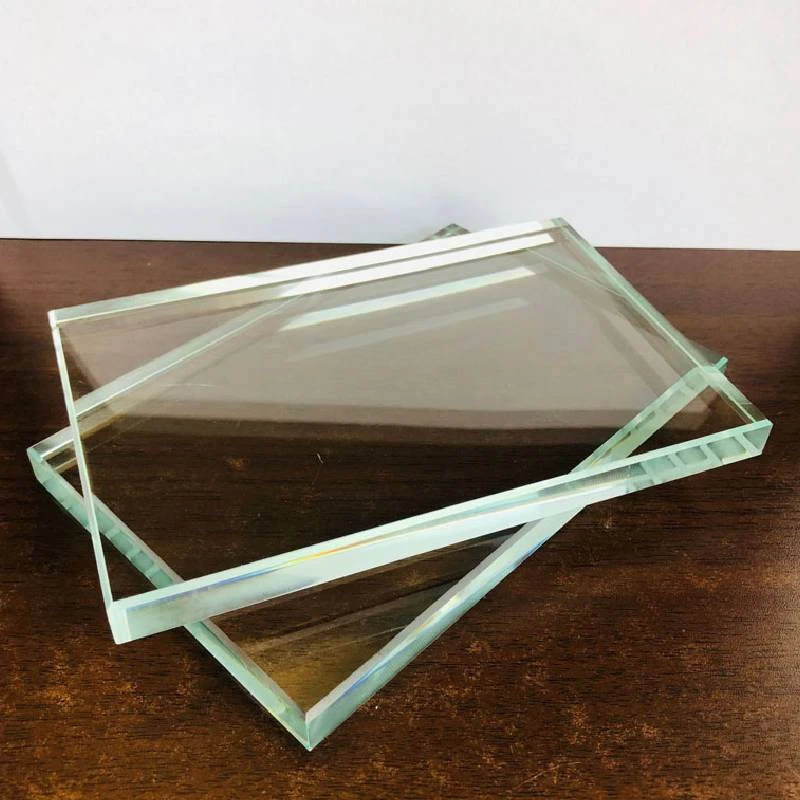The Evolution and Significance of Architectural Glass Factories
Architectural glass has evolved significantly over the years, becoming an essential element in modern construction and design. Architectural glass factories are at the forefront of this progress, producing innovative glass products that enhance the aesthetic appeal, functionality, and energy efficiency of buildings. This article delves into the evolution, types, and significance of architectural glass, while also examining the role of factories in this dynamic industry.
A Brief History of Architectural Glass
The story of architectural glass dates back to ancient civilizations, where glass was primarily used in windows and decorative elements. However, the industrial revolution marked a turning point in glass production. With advancements in technology, glass manufacturing became more efficient, leading to the widespread use of glass in buildings. The introduction of float glass in the mid-20th century transformed the industry, allowing for the production of large, flat glass sheets that could be used in a variety of architectural applications.
As architecture evolved, so too did the requirements for glass. Modern buildings often showcase expansive glass facades, increasing the demand for high-quality architectural glass. This shift has given rise to architectural glass factories that specialize in producing a range of products, from conventional panes to sophisticated glazing systems.
Types of Architectural Glass
Architectural glass comes in various forms, each serving unique purposes in construction
. Some of the prominent types produced in glass factories include
1. Tempered Glass This safety glass is treated with heat or chemicals to increase its strength. It is often used in doors, windows, and curtain walls.
2. Laminated Glass Made by sandwiching a layer of plastic between two glass panes, laminated glass is used for sound insulation and security purposes. It holds together even when shattered, making it ideal for high-impact areas.
architectural glass factory
3. Low-E Glass Low emissivity (Low-E) glass features a special coating that reflects infrared energy while allowing visible light to pass through. This energy-efficient glass helps regulate indoor temperatures and reduces energy costs.
4. Insulated Glass Units (IGU) Comprising two or more glass panes separated by a gas-filled space, IGUs provide excellent thermal insulation. They are commonly used in windows and glass doors.
5. Smart Glass An innovative development, smart glass can change its properties in response to external stimuli, such as temperature or light. This technology enhances privacy and energy efficiency, making it a popular choice for modern buildings.
The Role of Architectural Glass Factories
Architectural glass factories play a crucial role in the construction industry. They are responsible for sourcing raw materials, such as silica sand, soda ash, and limestone, and transforming them into high-quality glass products. Advanced manufacturing processes, including cutting, shaping, polishing, and coating, ensure that the final products meet specific industry standards.
Moreover, factories are increasingly investing in research and development to innovate and improve their offerings. With the growing focus on sustainability, many architectural glass manufacturers are implementing eco-friendly practices, such as recycling glass waste and optimizing energy consumption during production.
Collaboration is also key in this industry. Architectural glass factories often work closely with architects, builders, and designers to develop customized solutions that meet the unique requirements of each project. This partnership ensures that the glass products not only meet functional needs but also enhance the overall design of the building.
Conclusion
Architectural glass factories are integral to modern construction, providing innovative glass solutions that enhance the aesthetics, safety, and energy efficiency of buildings. As technology continues to advance, the production of specialized glass types will likely expand, offering even more possibilities for architects and builders. The future of architectural glass is bright, as factories innovate to meet the evolving demands of a changing world, ultimately leading to more sustainable and visually striking architectural designs. In this way, architectural glass not only shapes our built environment but also reflects our values and aspirations for a better future.
 Afrikaans
Afrikaans  Albanian
Albanian  Amharic
Amharic  Arabic
Arabic  Armenian
Armenian  Azerbaijani
Azerbaijani  Basque
Basque  Belarusian
Belarusian  Bengali
Bengali  Bosnian
Bosnian  Bulgarian
Bulgarian  Catalan
Catalan  Cebuano
Cebuano  Corsican
Corsican  Croatian
Croatian  Czech
Czech  Danish
Danish  Dutch
Dutch  English
English  Esperanto
Esperanto  Estonian
Estonian  Finnish
Finnish  French
French  Frisian
Frisian  Galician
Galician  Georgian
Georgian  German
German  Greek
Greek  Gujarati
Gujarati  Haitian Creole
Haitian Creole  hausa
hausa  hawaiian
hawaiian  Hebrew
Hebrew  Hindi
Hindi  Miao
Miao  Hungarian
Hungarian  Icelandic
Icelandic  igbo
igbo  Indonesian
Indonesian  irish
irish  Italian
Italian  Japanese
Japanese  Javanese
Javanese  Kannada
Kannada  kazakh
kazakh  Khmer
Khmer  Rwandese
Rwandese  Korean
Korean  Kurdish
Kurdish  Kyrgyz
Kyrgyz  Lao
Lao  Latin
Latin  Latvian
Latvian  Lithuanian
Lithuanian  Luxembourgish
Luxembourgish  Macedonian
Macedonian  Malgashi
Malgashi  Malay
Malay  Malayalam
Malayalam  Maltese
Maltese  Maori
Maori  Marathi
Marathi  Mongolian
Mongolian  Myanmar
Myanmar  Nepali
Nepali  Norwegian
Norwegian  Norwegian
Norwegian  Occitan
Occitan  Pashto
Pashto  Persian
Persian  Polish
Polish  Portuguese
Portuguese  Punjabi
Punjabi  Romanian
Romanian  Russian
Russian  Samoan
Samoan  Scottish Gaelic
Scottish Gaelic  Serbian
Serbian  Sesotho
Sesotho  Shona
Shona  Sindhi
Sindhi  Sinhala
Sinhala  Slovak
Slovak  Slovenian
Slovenian  Somali
Somali  Spanish
Spanish  Sundanese
Sundanese  Swahili
Swahili  Swedish
Swedish  Tagalog
Tagalog  Tajik
Tajik  Tamil
Tamil  Tatar
Tatar  Telugu
Telugu  Thai
Thai  Turkish
Turkish  Turkmen
Turkmen  Ukrainian
Ukrainian  Urdu
Urdu  Uighur
Uighur  Uzbek
Uzbek  Vietnamese
Vietnamese  Welsh
Welsh  Bantu
Bantu  Yiddish
Yiddish  Yoruba
Yoruba  Zulu
Zulu 

